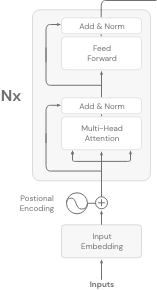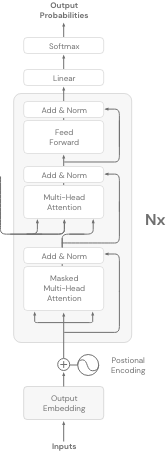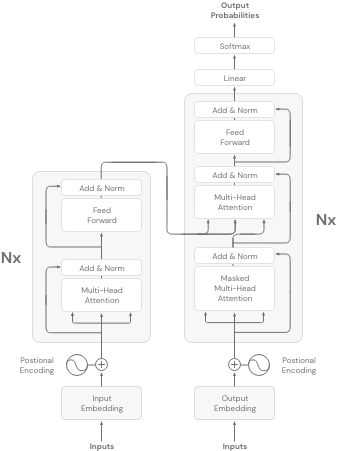Latest Insights
Building a Thriving Amazon QuickSight Community: Join Our LinkedIn User Group
At Firemind, we're proud to support an active and thriving Amazon QuickSight User Group on LinkedIn, specifically for users in the UK and Ireland.…
Modernising Claims Processing with Generative AI – A Step-by-Step Guide
The insurance industry deals with thousands of claims per day. Claims handlers spend hours processing forms, handwritten documents, PDFs, and images…
How to Talk About Gen AI in an Empathetic Manner: Embracing Productivity and Empowering the Future Workforce
Discussions surrounding artificial intelligence (AI) and its potential impact on the workforce are more relevant than ever. As an AWS Consulting…
Want to find out more?
Got questions? We’ve got answers! Find out more about our data culture, company vision and our growing team.
Get in touch








